Trajectory: get to know our history
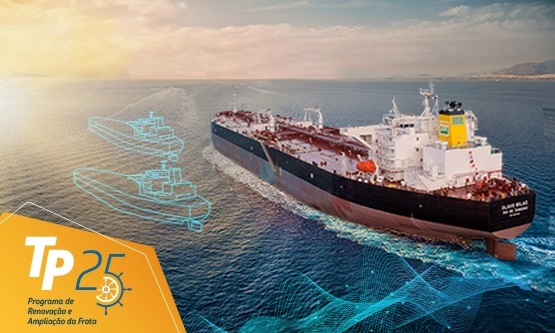
2024
We launched TP25, the first tender for renewing and expanding our fleet. We also published the first bid invitation for sponsorship of cultural and sports projects financed by incentive laws
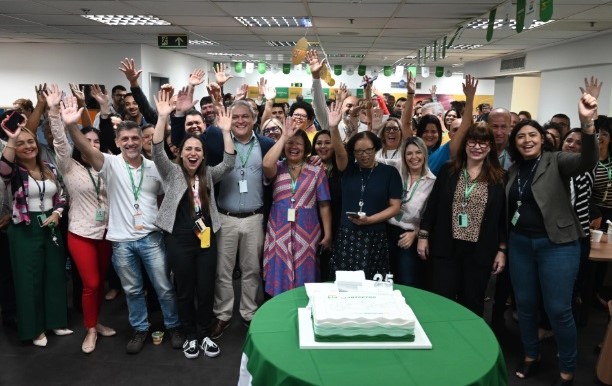
2023
We celebrated our 25 years of contributions to Brazil’s development with the energy emanating from the diversity, talent, and engagement of our workforce.

2022
Our subsidiary Transbel starts operations in Belém.
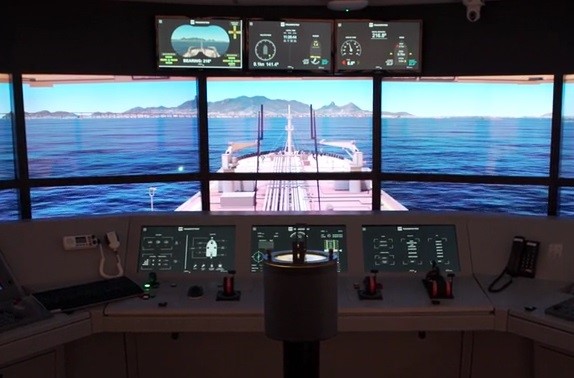
2020
The Norwegian Classification Society Det Norske Veritas has classified us as the first Latin American company to achieve the highest level Maritime and Waterway Simulator classification.
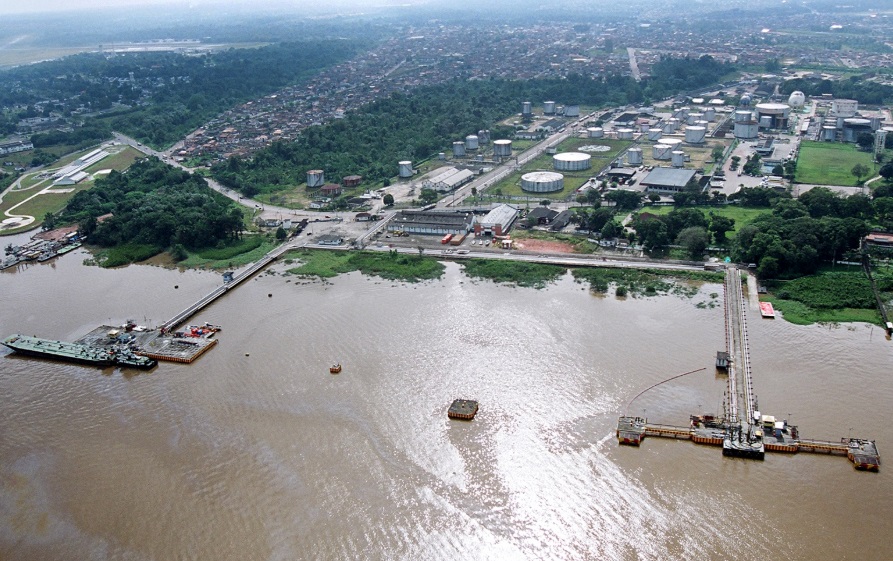
2019
We won the tender to operate the Belém Waterway Terminal for 20 more years, the rules for which required the creation of our subsidiary Transbel.
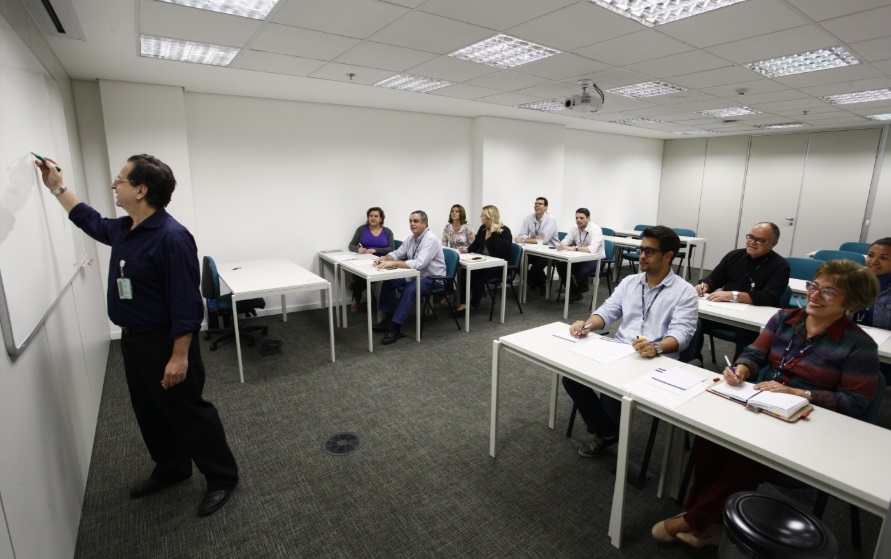
2014
We inaugurated the Transpetro Academy, with internal and external training center, and created the National Ship Tracking Center (Cnan), which ensures permanent monitoring of our fleet around the world in real time.
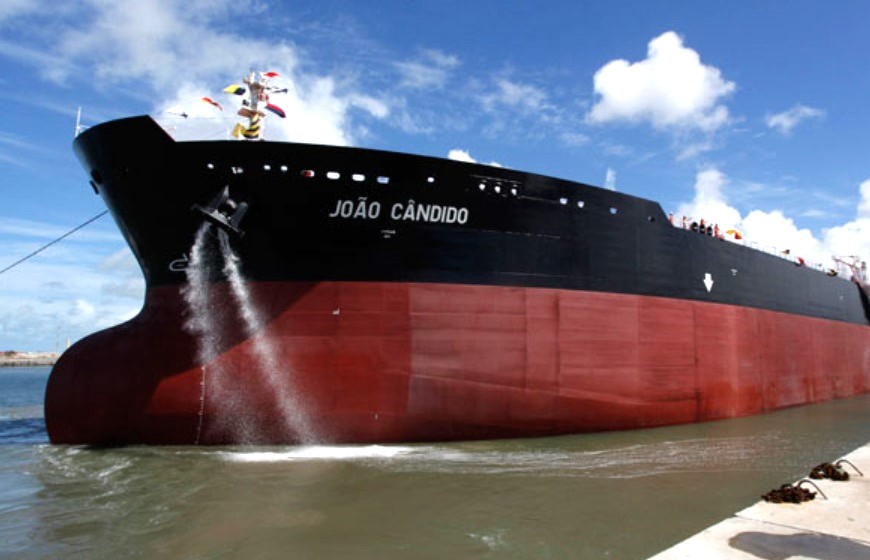
2012
We added the Suezmax ship João Cândido, the first ship entirely built in a Northeast shipyard and the second Promef vessel.
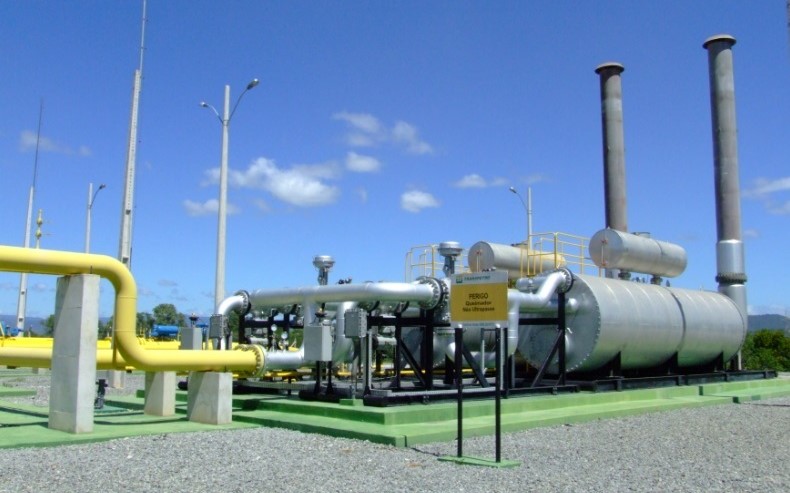
2011
We started operation of ten new natural gas compression stations, for the purpose of optimizing the transportation through gas pipeline network and received the first ship resulting from the Fleet Modernization and Expansion Program (Promef), the Celso Furtado.
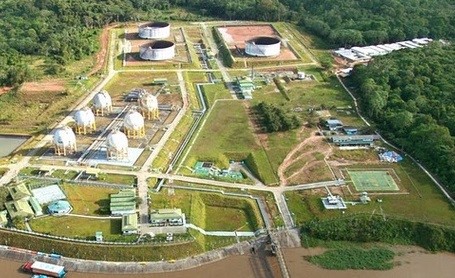
2009
With a double accomplishment, we started operation of the São Paulo-Brasília Oil Pipeline (Osbra), considered the largest multi-purpose pipeline in Brazil, and of the Urucu-Coari gas pipeline.
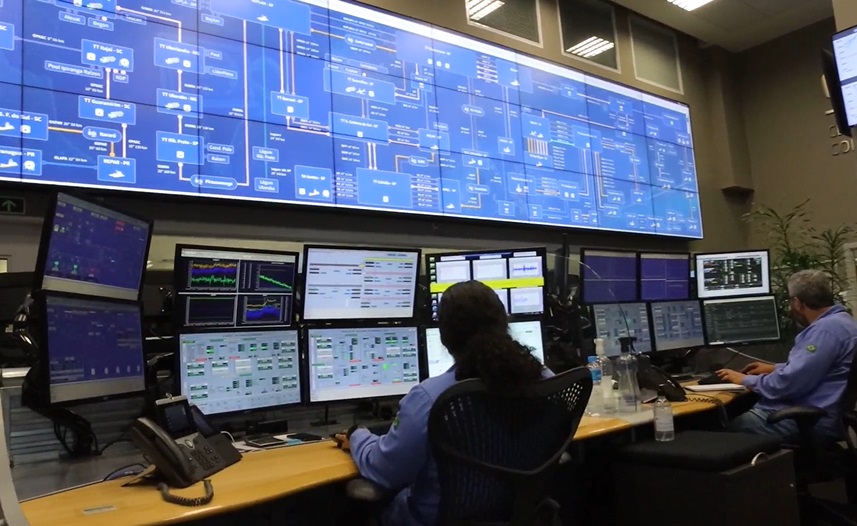
2008
We enabled the inclusion of liquified natural gas (LNG) in the Brazilian energy grid upon the inauguration of the Flexible Regasification Terminal for LNG in Pecém (CE).
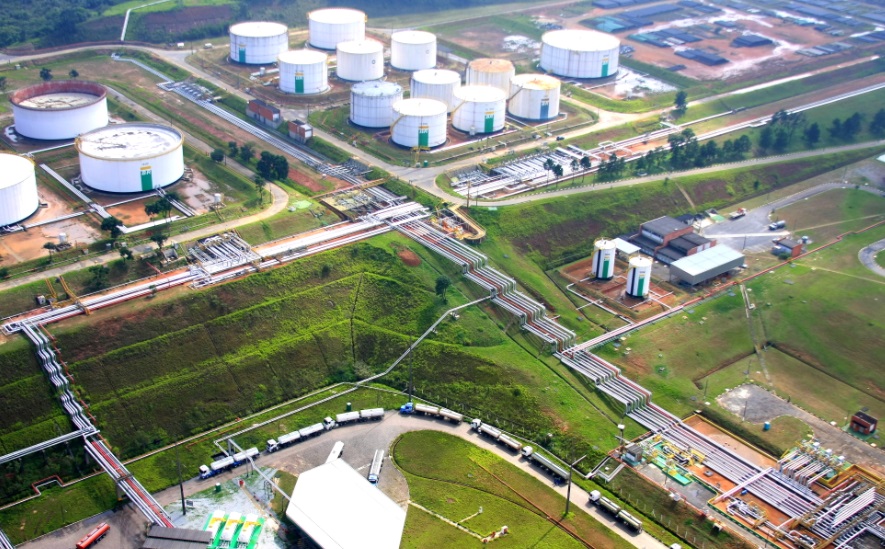
2007
We inaugurated the National Pipeline Repair Center (Creduto) in Guarulhos (SP) and incorporated an additional thousand kilometers of gas pipelines to our network.
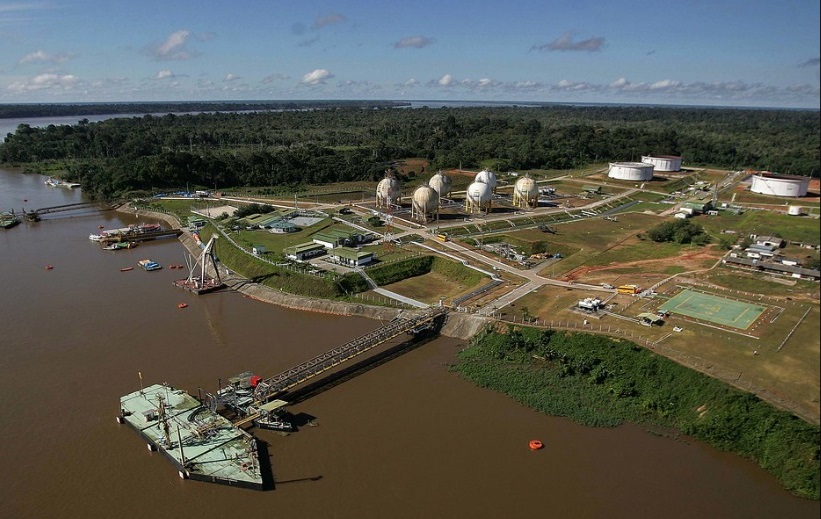
2006
We started construction work of the Urucu-Manaus gas pipeline, incorporating another 383 kilometers to our network.

2004
We launched a pre-qualification international bid invitation for the future tender of the Fleet Modernization and Expansion Program (Promef).

2003
We adopted the Fronape Management System (SGF) and signed an agreement with the Catholic Pontifical University of Rio de Janeiro (PUC-Rio) for creation of the Pipeline Technology Center (CTDut) near the Campos Elíseos Terminal (Tecam).
2002
The Visconde de Itaboraí building in the Downtown Rio de Janeiro has become our headquarters, in which we also implemented the Operations Control Center, (CCO), the precursor of the National Control and Logistics Center CNCL).
2000
It did not take long for us to start the operation of the Petrobras pipelines and terminals. We incorporated 62 ships of the National Tanker Fleet (Fronape) and started managing 9 thousand kilometers of pipelines and 47 terminals.
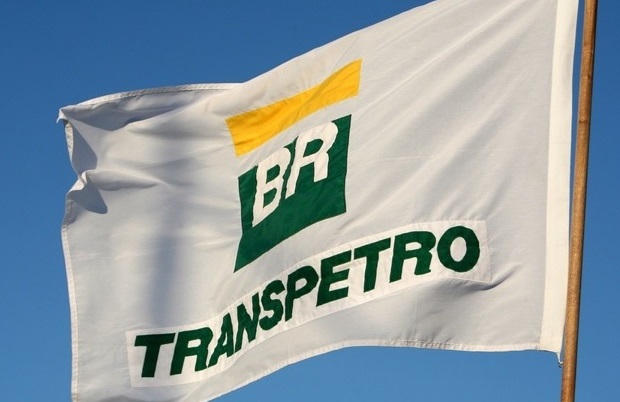
1998
Our company was created on 12 June 1998 in compliance with the Petroleum Law no. 9.478/1997, in order to enable the operation and construction of pipelines, derivatives and natural gas.